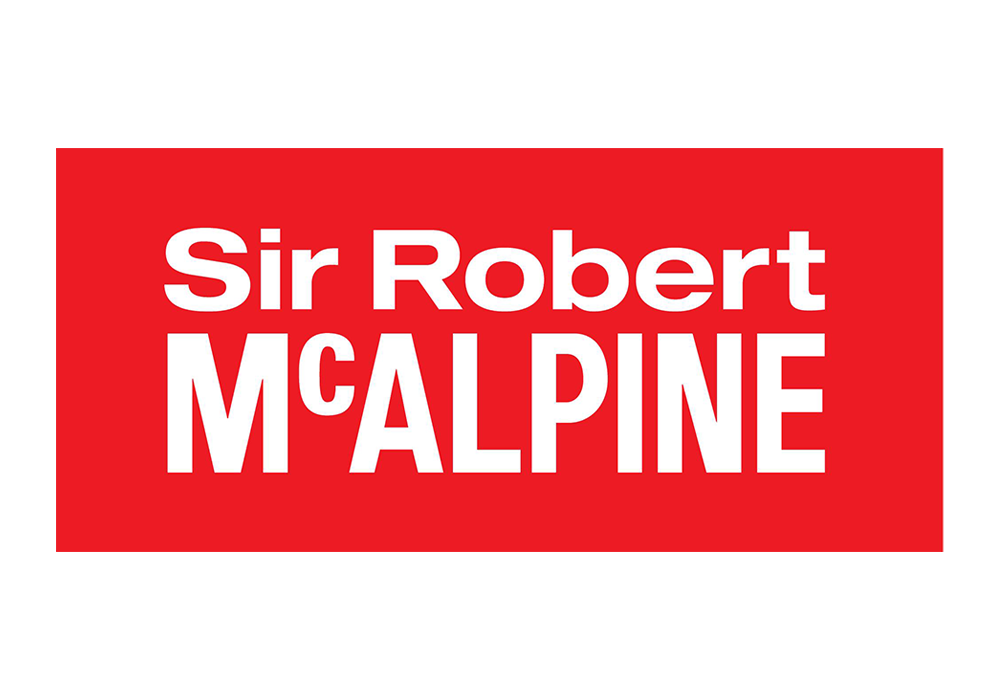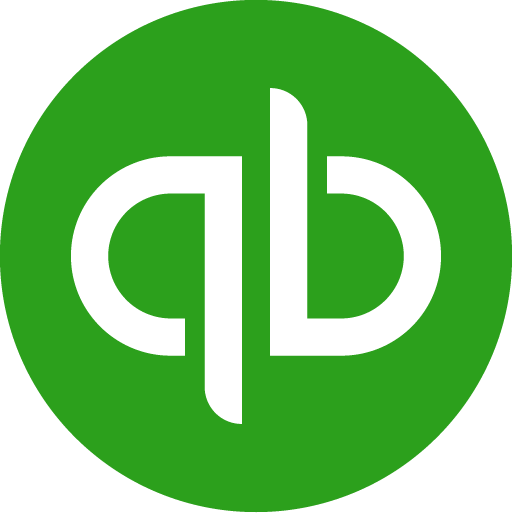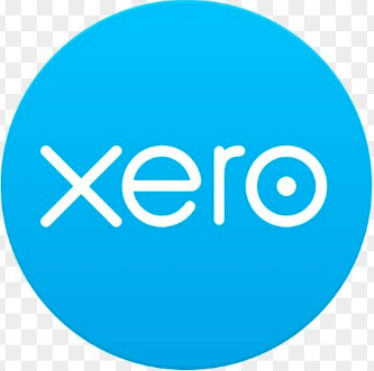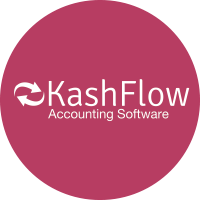
Director Loan Accounts
The use of director loan accounts can be a valuable tool for mitigating tax. If used correctly, they can offer the opportunity to defer tax into different periods and can also give access to short term personal funding without the associated charge to income tax.
Loans to associates are also covered under these rules, this can include a spouse or civil partner, business partner, relative, trustee, or a loan creditor. If the business is lending to someone closely connected to the directors or on their behalf it will be counted as part of the relevant directors loan rather than a separate loan.
Problems arise when Directors withdraw funds from a company without sufficient understanding of the associated rules of these accounts.
Incorrect use of the loan account can leave directors with exposure to not only income tax but potentially primary, secondary and Class 1A national insurance, corporation tax and the dreaded s.455 charge.
HMRC identify director loan accounts as high risk and will inevitably expect the company to produce a transaction history to support balances and movements on these accounts throughout the year.
Deemed Benefit
Issues can arise when a loan exceeds the benefit in kind threshold, if a market rate of interest in not charged, class 1A national insurance will become due along with the need for the director to report the and pay income tax on the deemed benefit of a interest free loan.
Disguised Employment Income
If directors run an overdrawn loan account due to frequent drawings which are later settled by way of a bonus payment, HMRC can deem the drawings as salary and apply PAYE and NIC liabilities to them when taken. This can lead to fixed penalties for incorrect RTI filings, currently £100 per month, and fines up to 100% of the tax due.
Can’t pay, HMRC will take it away
Directors loans are just that, payments which are expected to be repaid. If the loan is not repaid within a specific period, either by cash injection or declaration of dividend, a statutory charge equal to the higher rate of tax is applied to the balance, currently 32.5%, this must be paid within nine months and 1 day of the company year end.
An incorrect declaration of settlement here can result in 100% penalties, doubling the charge to 65%.
Rolling, Rolling, Rolling
Specific anti avoidance exists to prevent loans being rolled. HMRC call this “Bed & Breakfastingâ€, the act of settling a loan and then taking it out again within a short period. These rules apply even if external funding is gained in order to settle the loan by way of cash payment, but on a short-term basis.
If loan settlements are caught by this, the liability will be deemed to still exist and a s.455 charge will apply.
Summary
It is essential you have the correct advice and treatment applied to your director loan accounts. Operated efficiently, these accounts can reduce tax liabilities and increase cash flow, but incorrect use will create easy pickings for HMRC.
If your accountant is not providing the service or attention to detail required to keep you tax efficient, maybe it’s time you called us.
We offer a free consultation, and a Tax Gurantee that if we cannot reduce your liabilities, we will pay you £500*.

















